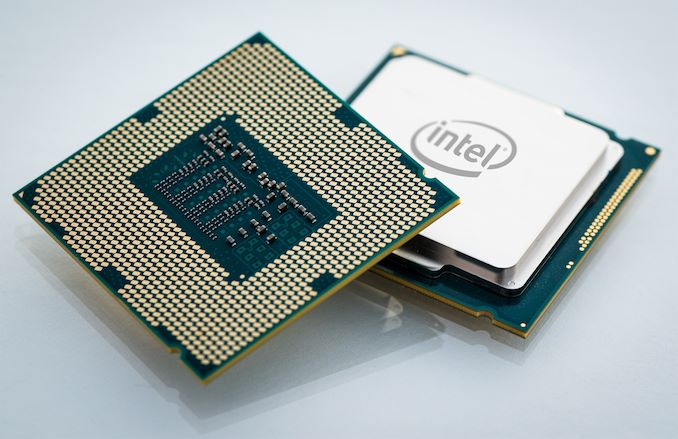Intel Un-Discontinues Pentium G3420 ‘Haswell’ CPU
by Anton Shilov on December 9, 2019 4:00 PM EST
As spotted by ComputerBase.de, in a rare event, Intel has canceled its plan to EOL one of its low-end Haswell-generation processors, resuming processor shipments for the foreseeable future. Curiously, the change in plans comes less than two weeks after Intel first began the process of discontinuing the processor. And while Intel does not publish their the detailed rationale behind their decisions in their product change notifications, given the company's ongoing low-end CPU shortage, it's fair to say that Intel needs all of the low-end CPUs it can get at the moment.
The processor in question is Intel’s Pentium G3420, which offers two Haswell architecture CPU cores (no HyperThreading) running at 3.20 GHz, as well as the company’s HD integrated graphics. The 22nm chip is compatible with the widely available LGA1151 infrastructure that supports 53 W CPUs. As a part of Intel’s Haswell family, the chip was originally meant to be used inside low-end desktops, and it has also found its way into devices such as NAS boxes.
Keeping in mind that most embedded versions of Haswell CPUs have been EOLed, this one could be an answer to demand from that market. Alternatively, ComputerBase believes that the change in plans is a stop-gap for Intel, so that they have some kind of low-end Core-based Pentium processor to offer OEMs who are currently being starved of suitable Skylake chips.
The statement from Intel reads as follows:
This revision supersedes the prior EOL notice and is intended to inform customers that they do not need to do anything more on their end for last orders and should plan on this product being available as usual. Please disregard the notice of the product End of Life as shared in prior communications and note that this product will continue to be available for orders as usual. Intel is not pursuing EOL of this product at this time.
Related Reading:
- Thecus Announces Two New Rackmount NAS Servers
- Devil’s Canyon Review: Intel Core i7-4790K and i5-4690K
Sources: Intel, ComputerBase













49 Comments
View All Comments
Flunk - Monday, December 9, 2019 - link
Until January 14th, 2020. Then it dies.PeachNCream - Tuesday, December 10, 2019 - link
I will miss it, but it really is time to say goodbye even if the current replacement in Windows 10 is not somethign I really like. Then again, I don't have to like my operating system in order to use it do I?khanikun - Tuesday, December 10, 2019 - link
I'd say it depends how you use your OS and how much annoyance you can withstand from it. My main annoyance with it is Windows update. No option to turn it off. Then everyone finds a way to turn it off, at which point, MS creates a new service to turn if back off and gives you no access to turn that service off. Then when you want to setup a time for when to get updates, it seems to just ignore it and do whatever the hell it wants.Been dealing with it on my new laptop, since waiting on my household goods to arrive from the movers. Now I can wipe the laptop and install Win 8.1. Then Windows Update automatically doesn't work, since old Windows on new procs.
Kougar - Tuesday, December 10, 2019 - link
I assume there's enough DDR3 supply to pair with it?Retycint - Tuesday, December 10, 2019 - link
DDR3 is still quite mainstream in the form of LPDDR3 for laptops, so I guess it will not be an issue5080 - Tuesday, December 10, 2019 - link
This CPU is a future security nightmare with more holes than Swiss cheese. And the available software mitigations bring it to its knees.xenol - Tuesday, December 10, 2019 - link
Given the expected customer is a rando with a budget PC rather than a data center with valuable amounts of information, I think the security issues are a moot point for this processor.Also the mitigations only strongly affect certain tasks, and most of them being in data center or server related tasks. And even then, the people using the processor are likely doing basic tasks that won't even be impacted for all intents and purposes.
PeachNCream - Tuesday, December 10, 2019 - link
I suggest checking around to read up on the performance impacts of the mitigations. "Swiss cheese" and "bring it to its knees" are exaggerations to say the least.mickulty - Tuesday, December 10, 2019 - link
"The 22nm chip is compatible with the widely available LGA1151 infrastructure that supports 53 W CPUs."LGA1150, surely?